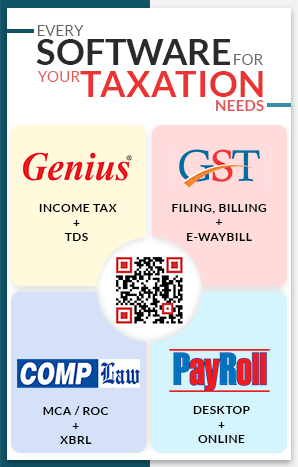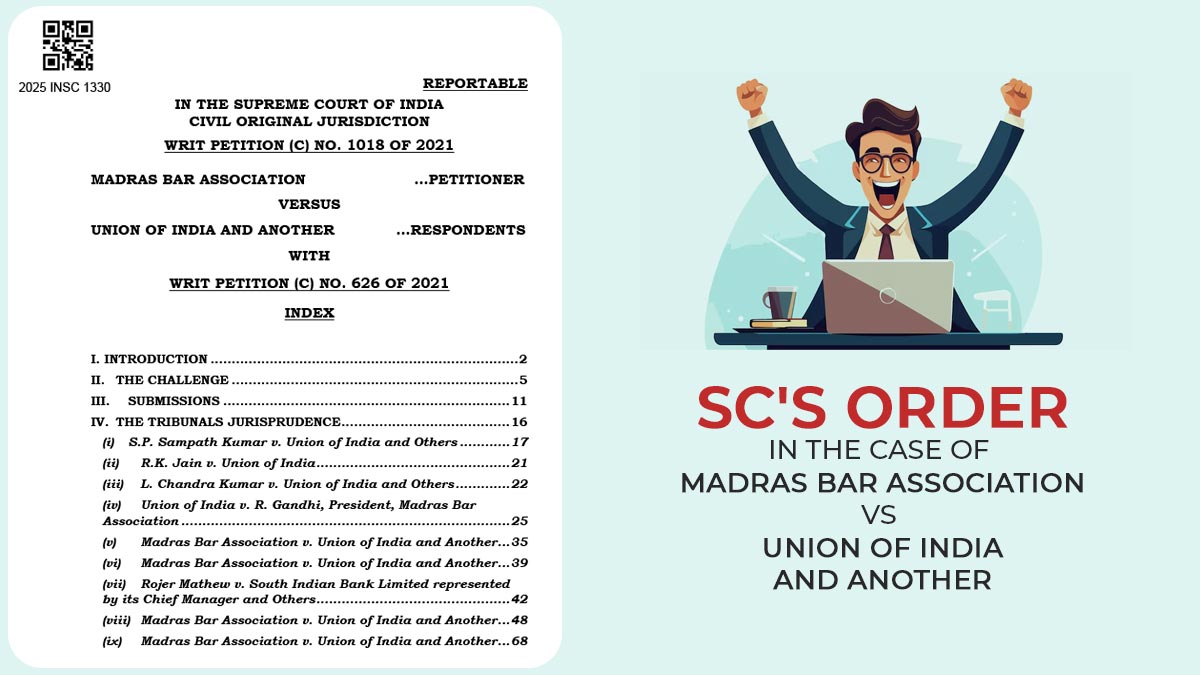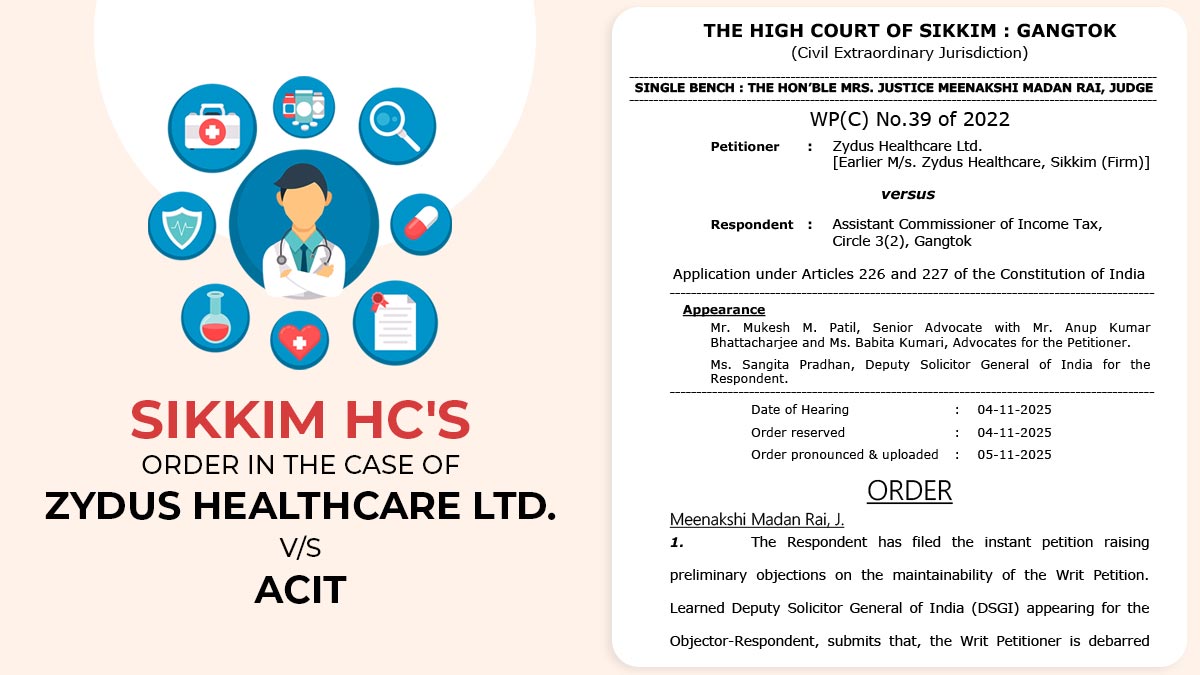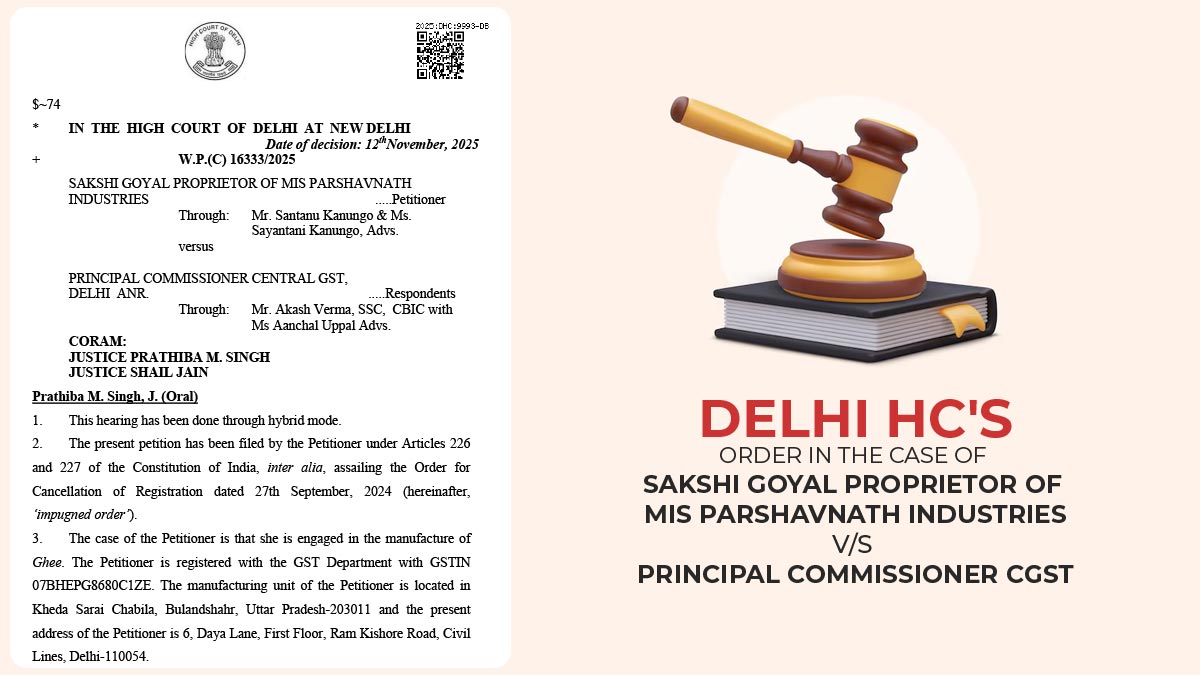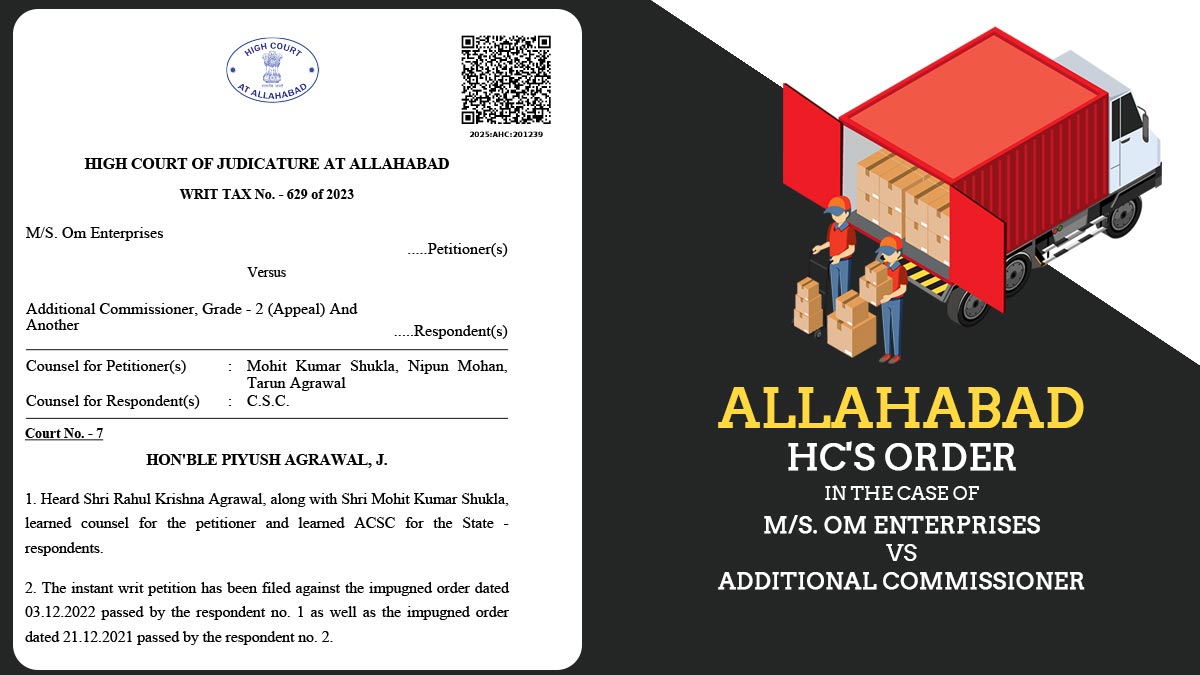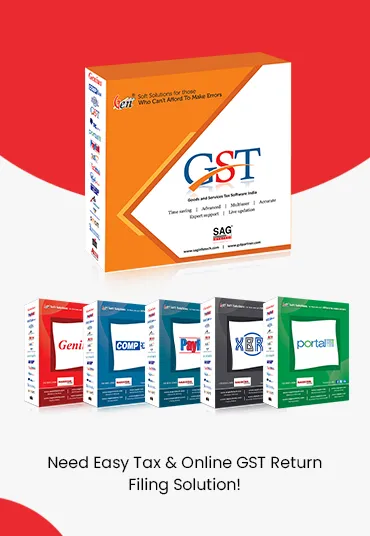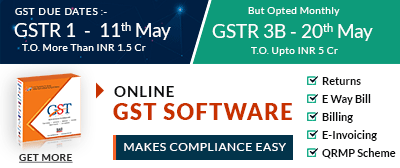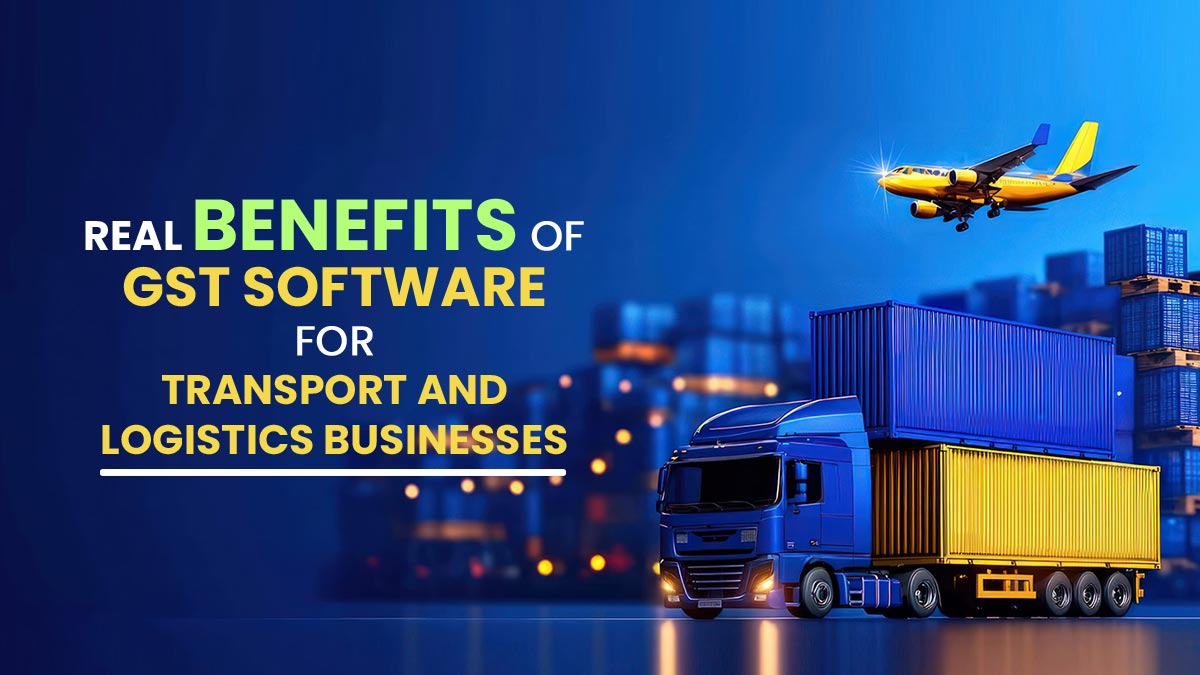
In this post, we have discussed a detailed description of how GST software assists transport and logistics businesses in handling their tax obligations, improving compliance, and boosting overall efficiency.
For any economy, the transport and logistics industry is necessary, since it ensures that goods move from one place to another, both within and between countries.
In India, some changes for this industry have been introduced by the Goods and Services Tax (GST). New rules introduced for this industry should be complied with by the transport companies, which consist of tracking shipments with e-way bills, submitting tax returns, and keeping detailed records.
GST software has become significant for making operations streamlined and efficient, to support these obligations and prevent fines or delays.
Advantages of GST Software for Transport and Logistics Businesses
Here we have given the top seven advantages of GST software for the Logistics and transport companies:
Generation of GST E-Way Bill
Generation of e-way bills for inter-state and intra-state movement of goods above a certain value (₹50,000) is a crucial need under the GST regime for the logistics companies. The same procedure has been facilitated under the GST software.
- Contains manual data entry, therefore lessening mistakes
- Automatically rendering GST E-way bills based on invoices
- Combining with the government E-way bill portal
- Generation of bulk E-way bill for extensive transport processes
It saves time and assures the movement of goods with proper documentation, avoiding fines or vehicle detentions.
GST Return Filing
Transport businesses deal with multiple vendors, clients, and branches, which implies managing a high volume of transactions. Time may be consumed by manually filing GST returns, and it also causes errors. An effective GST software supports:
- Auto-populating GST return forms such as GSTR-1, 3B, etc
- Automatically reconciling purchase and sales data
- Mailing reminders for due dates to evade late filing fees
- Allowing multi-branch filing from a centralised dashboard
It assures filing of the return within the said time with lesser effort, freeing up the accounts team to focus on major financial activities.
Reconciliation and Error Checking
To claim Input Tax Credit (ITC), reconciliation between GSTR-2A/2B (auto-drafted from supplier data) and purchase invoices is necessary. Doing the same for the logistics firms with numerous transactions manually is not practical. GST software-
- Automatically matches input data with supplier returns
- Displays mismatches and supports error modification
- Avoids GST ITC loss due to unmatched or missing entries
It specifies that businesses can claim the correct tax credits without any issue, rectifying the cash flow and profitability.
Integration with GST Accounting and Billing
GST software solutions are especially made to integrate seamlessly with ERP systems, billing software, or accounting tools like Tally, SAP, or QuickBooks. This furnishes:
- Real-time data sync between invoices, payments, and GST filings
- Unified platform to manage operations and compliance
- Smaller duplication of data entry and fewer human mistakes
Therefore, the transporters can keep clear financial records while ensuring compliance with the GST regulations.
Multi-State Registrations
When operating in multiple states, large logistics firms are required to get the GST registration in each state where they have a branch. For each state, handling compliance separately could be a burden. GST Software supports via-
- Managing numerous GSTINs in a single account.
- Enabling state-wise return filing and reconciliation
- Consolidating information for comfortable audit and analysis
Read Also: GST E Way Bill Preparation Guide for Transport Companies & Suppliers
This centralised control ensures effective visibility in the operations and facilitates regulatory compliance.
Real-Time Reporting and Analytics
The updated GST software proposes real-time dashboards and reporting tools that deliver information on the financial and tax position of the business. Concerning logistics companies, this translates to:
- Observing tax liabilities and dues in units
- Rendering audit-ready reports for internal or external review
- Tracking the input tax credit (ITC) usage and cash flow
Such insights support strategic decision-making and financial planning.
Lowers GST Compliance Risk
Penalties, interest, and suspension of GSTIN can be caused by GST non-compliance. GST software serves as a compliance guardrail via-
- Maintaining ahead of the latest GST rule updates and applying them
- Sending alerts for return due dates, mismatches, and errors
- Preserving a digital trail of transactions and filings
The same specifies that logistics firms stayed compliant without relying only on manual oversight.
Closure
There are complex tasks and norms in the transport and logistics industry, and therefore, the use of the GST software can be supportive. Such software can automate things like e-way bills, assist businesses in keeping their financial records up to date, and handle multiple locations easily.
Companies with use the same technology can ensure that they comply with the tax norms without putting their team under pressure. For growing companies, having the correct tools is important as they face more scrutiny during this period. Transport companies should purchase the GST software as they need to work effectively and handle their tax obligations without any stress.



